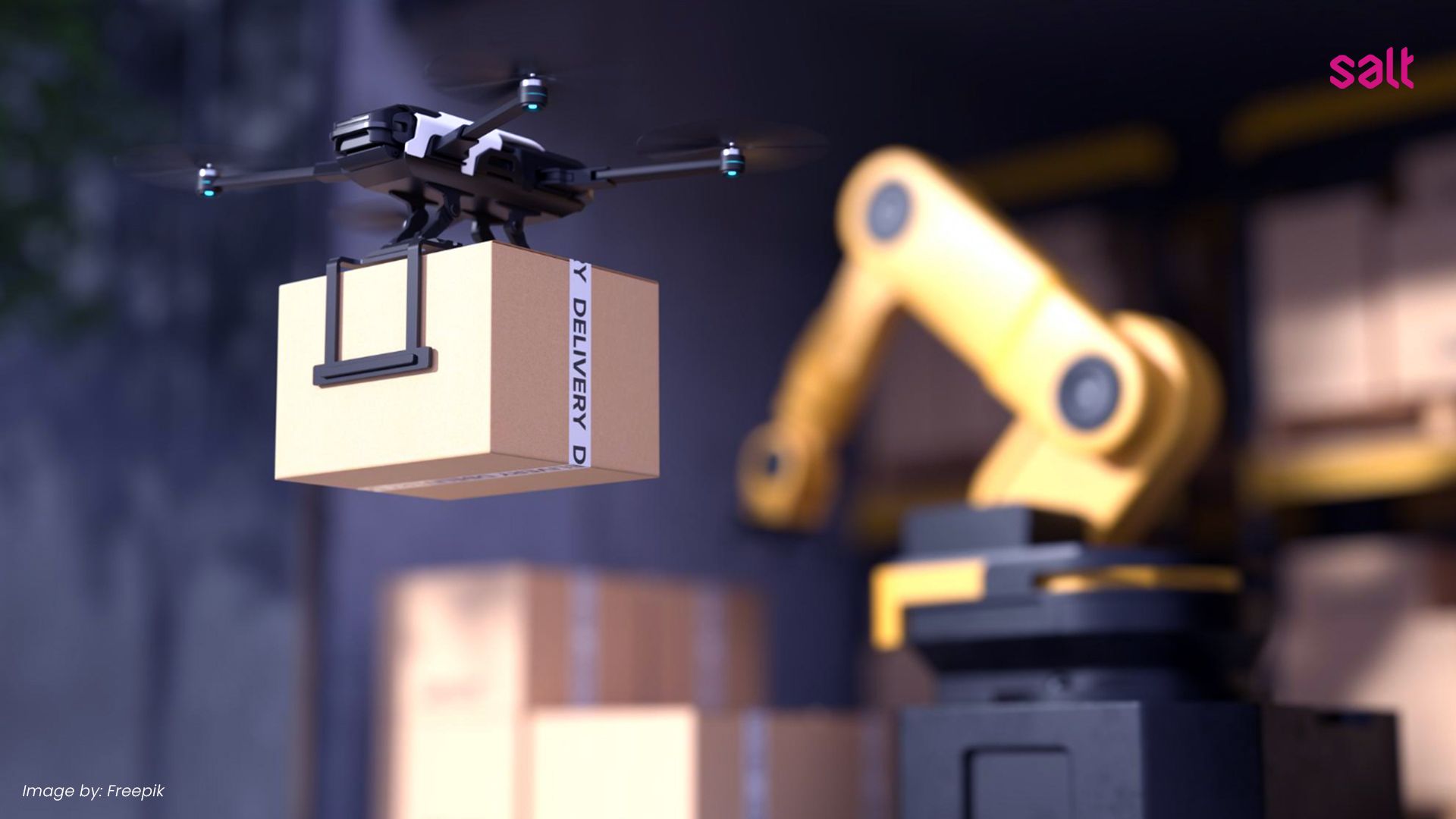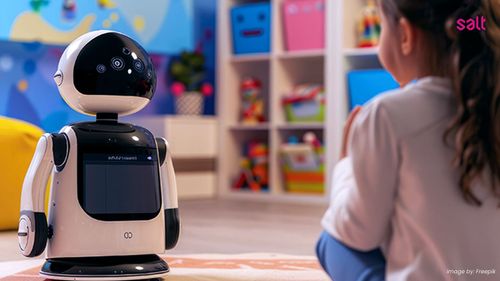In a world obsessed with productivity, the question remains: How efficient are we really? While artificial intelligence (AI) has helped businesses automate digital workflows and humans continue to bring creative problem-solving to the table, there's a critical gap that still hinders true operational excellence—physical execution. And this is exactly where Robotic Solutions comes in.
Why Workplace Efficiency Still Falls Short
The modern workplace has made remarkable strides. AI now streamlines repetitive digital tasks, accelerates decision-making, and reduces costs. Humans contribute adaptability, empathy, and leadership traits no machine can replicate.
But even this powerful combination isn't enough:
- Artificial Intelligence (AI) lacks a physical form. It cannot move packages, greet customers, or perform surveillance.
- Humans tire, make errors, and struggle with repetitive, mundane, or hazardous tasks.
As a result, many industries continue to struggle with hidden inefficiencies that impact both, performance and profitability.
The Hidden Inefficiencies That Cost Businesses Millions
Here are some real-world issues businesses face due to these gaps:
- Inventory Management
- Only 66% inventory accuracy in U.S. retail businesses
- 4–8% of sales are lost annually due to overstocking and stockouts
- 46% of warehouses cite human error as the top issue
- Security & Surveillance
- CCTV operators miss 45% of screen activity after 12 minutes, and up to 95% after 22 minutes.
- Reception & Hospitality
- Guest satisfaction drops by 47% if check-in takes more than 5 minutes.
- Long queues during peak hours impact customer experience.
These inefficiencies aren't just inconvenient—they're costly and, in many cases, avoidable.
Robotics: The Overlooked Solution That's Already Here
While businesses invest heavily in digital tools, many overlook a proven, physical solution: Robotics. Robots combine the precision of AI with the ability to perform tasks in the real world, without fatigue or distraction.
The Benefits of Robotic Integrations
- 24/7 operation without breaks
- Higher accuracy in repetitive tasks
- Improved safety in hazardous environments
- Lower long-term costs due to automation
According to global trends:
- 80% of companies plan to adopt AI and robotics by 2025.
- South Korea leads with 1,012 robots per 10,000 workers.
- Indonesia has seen a 9% annual increase in robotic deployment across key sectors.
Types of Robotics for Workplace Transformation
- Product-based Robots
Ready-to-deploy solutions are designed for specific tasks such as reception, inspection, or delivery. - Customized Robots
Flexible platforms tailored to unique workflow needs, space limitations, or integration with enterprise systems. - Grounded vs. Ungrounded Robots
- Grounded Robots: Move using wheels, treads, or legs.
- Ungrounded Robots: Operate via air (e.g., drones) for aerial inspection or delivery.
Industries Benefiting from Robotics Today
- Telecommunication Industry
- Reception Robots: Handle visitor check-ins and queue management.
- Delivery Robots: Transport SIM cards and documents internally.
- FMCG & Manufacturing Industries
- Inventory Robots: Scan and track stock in real-time.
- Transport Robots: Move goods between storage and production.
- Banking & Finance Industry
- Reception Robots: Guide customers through branches.
- Security Patrol Robots: Monitor for anomalies after hours.
- Hospitality, Retail, and Office
- Enhance guest experience through robotic greeters, security bots, and even entertainment robots.
- Education
- Interactive robots for early childhood learning and programming education.
- Data Centers and Industrial Facilities
- Scheduled inspections, hazardous zone monitoring, and zero-trust security implementation.
Case Studies in Action
Real-world examples include:
- Reception Robots that reduce queue times.
- Data Center Robots performing scheduled equipment checks.
- Food Delivery Robots ensure timely and contactless delivery.
- Advanced Drones are used for aerial inspections and surveillance.
Questions about Robotic Solutions
- How does robotic improve workplace efficiency?
Robotics improves efficiency by automating repetitive, time-consuming, or dangerous physical tasks. This frees up human workers for higher-value work and reduces errors and delays. - Which industries can benefit the most from robots?
Telecommunications, manufacturing, finance, retail, hospitality, education, and logistics are among the top industries leveraging robotics to solve common operational challenges. - Are robots replacing human jobs?
Not exactly. Robots are designed to assist with tasks humans find repetitive or hazardous. In most cases, they augment human capabilities rather than replace them entirely. - How affordable is robotic integration for businesses?
While the upfront cost may seem high, the long-term ROI—via labor cost savings, improved efficiency, and reduced errors—often makes robotics a cost-effective investment. - Can robotics be customized to fit specific business needs?
Yes. Many providers offer customized robots that adapt to unique workflows, spatial constraints, and software integrations. - What is the difference between AI and robotics?
AI is the brain (software) that enables machines to make decisions, while robotics is the body (hardware) that performs physical tasks. Together, they create powerful autonomous systems.
When will Your Industry Make the Shift?
Actual efficiency doesn't stop at digital automation. To fully optimize operations, organizations must bridge the gap between digital intelligence and physical execution.
Robotics offers a scalable, effective solution to today's most pressing operational challenges—whether in retail, manufacturing, finance, or hospitality. The future of efficiency is not just smart. It's autonomous.
Why SALT? Your Mission-Critical Robotics Partner
At SALT, we specialize in mission-critical robotic integration tailored to enterprise environments. Our team has deep expertise in designing and deploying both product-based and customized robotic solutions to enhance efficiency, accuracy, and safety in your operations.
From reception automation and inventory robots to data center drones and autonomous security patrols, SALT delivers precision, performance, and innovation at scale.
Ready to transform your workplace with robotics? Contact Us today for a tailored consultation and discover the right robotic solution for your business.





